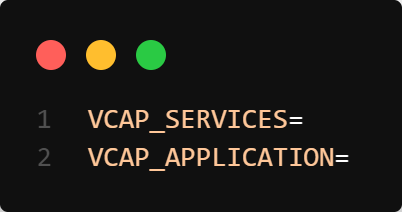Node JS
About#
The NodeJS application utilizes the Express framework to bootstrap the application. Express is a popular web application framework for Node.js that simplifies the development of server-side applications.
When XSUAA is enabled, the NodeJS application makes use of various @sap libraries to validate the JWT (JSON Web Tokens) tokens.
Additionally, nodemon is utilized for live application reload. Nodemon is a development tool that monitors changes to the application files and automatically restarts the server when any modifications are detected. This enables a smoother development experience as you can see the changes in real-time without having to manually restart the server after every code change.
By combining Express, XSUAA libraries, and nodemon, the NodeJS application provides a robust and efficient foundation for building secure and responsive server-side applications.
The project configuration may vary depending on whether XSUAA (SAP Cloud Foundry service for authorization and authentication) is enabled or not.
|---nodejs
| |---src
| | |---middlewares
| | |---routes
| | |---types
| | |---app.ts
| | |---index.ts
| |---.cfignore
| |---.editorconfig
| |---.eslintignore
| |---.lintstagedrc.json
| |---.prettierignore
| |---.prettierrc.json
| |---package.json
If XSUAA is enabled
To ensure proper configuration of your frontend application, you will need to include a .env file in the root directory of the frontend project. This file should contain the necessary environment variables and configurations for VCAP_SERVICES and VCAP_APPLICATION.
Here is an example for the same:

Usage Instructions#
If XSUAA is enabled
To check if the user is authorized, you can use the helper function auth()
To check if the user is authorized & has a role, you can use the helper function auth('<role>)
router.get('/', auth("import,export"), async (req: Request, res: Response) => {
res.send('Hello World!');
});
To start the application simply run:
NPM
YARN
PNPM